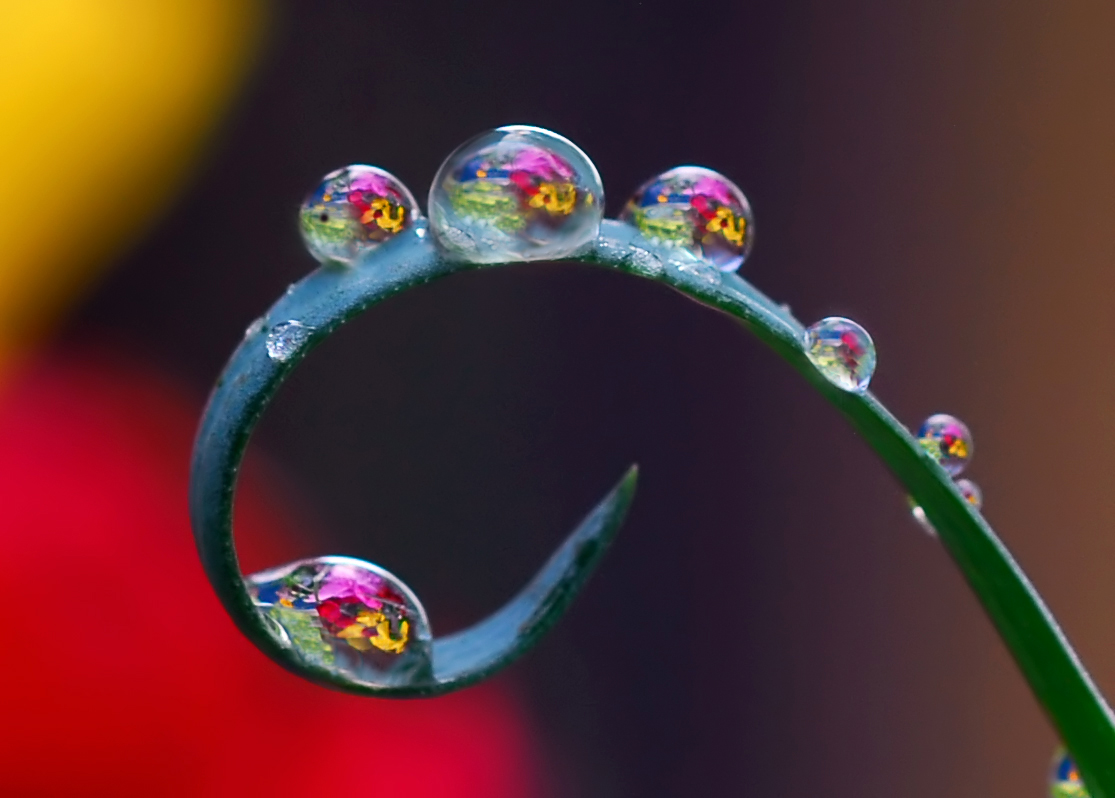Novelty & Learning
 |
| Photo credit: Steve took it via Foter.com / CC BY-NC-SA |
Our brains
learn by contrasting what is new to what is known. It is the resulting factor
that will account for a longer attentional focus and memory encoding that will
lead to learning.
In
considering this, the next challenge for a teacher is how to create novelty
within the boundaries of some predictability so that kids feel safe to pay
attention to the novel stimulus. Let me tell you a very successful example I
had once the chance of video recording. In this class, 10 kids aged between 24
and 36 months were learning English as a second language. The teacher had for
the class the objective of teaching hot and cold, concepts that they were
already familiar with but that had to be attractive enough in the presentation
stage so that they would feel motivated to use the content language (It’s
hot/It feels hot or cold) in the second langue (English).
The teacher
divided the room into two corners, prepared the setting by using different
colors in each (reds and yellows for one and blues and whites for the other)
and placed a different sensorial stimulus in each. In the ‘hot’ corner, she hid
a hair drier and when she took the students, all lined up, to feel the stimulus,
she would say many times over: “How does it feel? It feels hot, hot, hot hot.”.
Then she would take them to the ‘cold’ corner where she hid some ice cubes.
When she made students touch them, she would ask the same question and provide
the correct reinforcement (“It feels cold”).
After doing
this circuit many times, she removed the stimulus but left the props (colors).
Next, she took the students to the same corners, and once there, they would
just look at their surroundings and produce the targeted content. They all
performed beautifully and where so stimulated by the novelty that they wanted
to get a piece of it (the colored sheets) to take home that day. Mission
accomplished!



Comments
Post a Comment